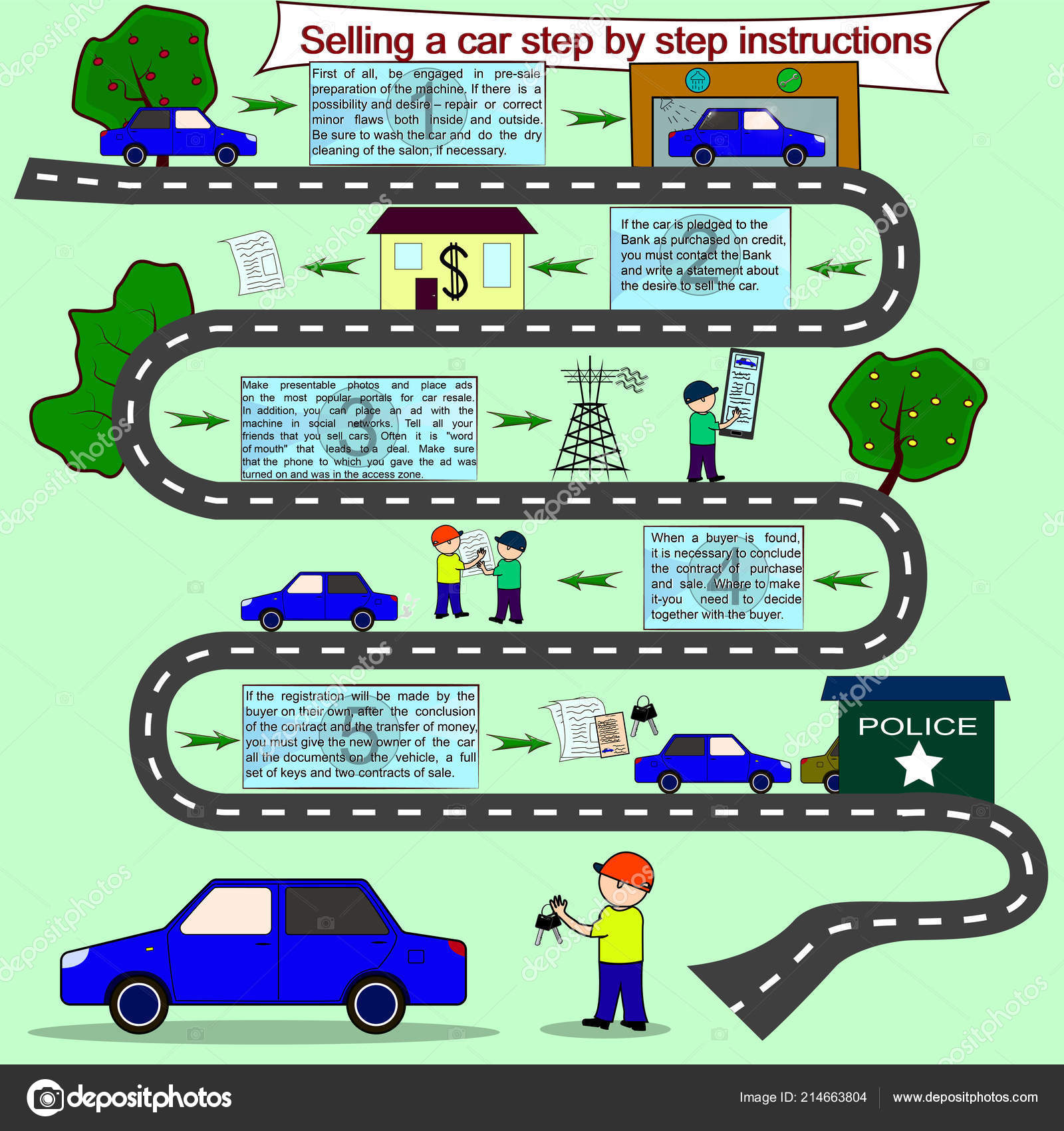Comprehending Your Auto'S Caution Lights: What Do They Actually Mean?
Comprehending Your Auto'S Caution Lights: What Do They Actually Mean?
Blog Article
Post Produced By-Higgins Alvarado
When you're behind the wheel, those beautiful warning lights on your control panel can be a bit puzzling. Do you recognize what they're attempting to tell you concerning your automobile's wellness? Comprehending the relevance of these lights is crucial for your safety and the longevity of your automobile. So, the following time one of those lights pops up, would not you wish to understand its message precisely and take the necessary steps to resolve it?
Common Caution Lighting and Interpretations
Determine typical warning lights in your car and recognize their meanings to make certain safe driving.
One of the most regular caution lights consist of the check engine light, which signifies concerns with the engine or exhausts system. If this light comes on, it's crucial to have your lorry inspected promptly.
The oil pressure alerting light indicates low oil pressure, needing prompt attention to stop engine damage.
A flashing battery light may suggest a faulty billing system, potentially leaving you stranded otherwise attended to.
The tire pressure tracking system (TPMS) light alerts you to reduced tire stress, affecting car stability and fuel efficiency. Disregarding this might cause harmful driving problems.
The abdominal muscle light suggests an issue with the anti-lock stopping system, endangering your capability to quit swiftly in emergencies.
Lastly, the coolant temperature level advising light warns of engine overheating, which can result in severe damage otherwise solved swiftly.
Understanding https://www.overdriveonline.com/overdrive-extra/article/15294531/leasing-out-equipment-keep-insurance-implications-high-in-mind will certainly assist you resolve concerns without delay and preserve secure driving conditions.
Value of Prompt Attention
Understanding the common caution lights in your automobile is only the primary step; the value of promptly addressing these cautions can not be stressed enough to guarantee your safety and security on the road.
When a caution light brightens on your dashboard, it's your vehicle's way of interacting a possible problem that requires focus. Disregarding these warnings can result in much more serious problems in the future, compromising your safety and security and possibly costing you extra in repairs.
Prompt attention to cautioning lights can protect against failures and mishaps. For example, a flashing check engine light can show a misfire that, if left neglected, might trigger damage to the catalytic converter. Addressing this promptly can save you from an expensive repair work.
Likewise, a brake system warning light might signify reduced brake fluid or worn brake pads, essential components for your security when driving.
Do It Yourself Troubleshooting Tips
If you discover a warning light on your control panel, there are a couple of do it yourself repairing suggestions you can attempt prior to seeking specialist assistance.
The first step is to consult your auto's handbook to comprehend what the particular caution light indicates. Sometimes the issue can be as basic as a loosened gas cap setting off the check engine light. Tightening up the gas cap may fix the issue.
Read A lot more is a low battery, which can activate numerous advising lights. Checking the battery links for rust and ensuring they're safe and secure might take care of the issue.
If a warning light continues, you can attempt resetting it by separating the auto's battery for a few mins and after that reconnecting it. Additionally, checking your vehicle's fluid levels, such as oil, coolant, and brake liquid, can assist repair advising lights connected to these systems.
Conclusion
Finally, recognizing your cars and truck's caution lights is necessary for keeping your automobile running efficiently and safely. By without delay dealing with these notifies and understanding what they suggest, you can avoid costly repairs and possible malfunctions.
Remember to consult your car's handbook for specific details on each warning light and take action accordingly to make certain a trouble-free driving experience.
Keep informed, stay secure when traveling!
